Francis Wishart
The subjects of Francis Wishart's monotypes come from his surroundings. He shares his time between Provence and New Brunswick and these two different but harmonious sources emerge in his work. His monotypes seem to capture scenes from a dream. Details blend together and yet distinctions are not lost between the elements that trick us into uncertainty about the subject of the work. The focus seems to shift and what at first appeared so important drifts into the background. The balance of colour and movement play with the viewer; the image shimmers always just out of reach. It may be the light in Southern France that inspires this diaphonous sense of form, it may be the way the land dissolves through the trees into the skies of New Brunswick that informs it.
Whatever the source, Wishart's work has been very well received around the world. Born in 1951 to artists Anne Dunn and Michael Wishart in London, England, Francis studied at the Slade School of Fine Art. After that he moved to Paris where he worked and advanced his technique with master printers at l'Atelier Lacourière et Frelaut. Wishart has had important exhibitions in London and Paris including several at the Royal Academy of Art and La Courriere as well as many exhibitions throughout Australia, Europe and North America. His work is included in important public and private collections including the Museum of Modern Art and the Metropolitan Museum of Art in New York, the Victoria and Albert Museum in London, the Bibliothèque National, the British Embassy in Paris and the UK Government art collection.
Still passionately committed to monotype this most serious artist has other important interests. In France he maintains a vineyard, the organic grapes of which are made into wine by local vintners. Throughout the world Wishart is a highly active and dedicated conservationist. Having worked with David Suzuki, Wishart has also produced a film for the National Film Board. Awareness and engagement with the world around him characterises Francis Wishart and his art.
Since completing his studies, Julian was selected for the Centre for Craft Nova Scotia’s airCRAFT and Craft LAIR residencies and was awarded a creation grant from Arts Nova Scotia’s Equity Initiative.
A behind-the-scenes video of Francis' life and work by Matt Brown:
What is a Monotype?
Once you begin to dabble with monotype it's difficult to resist the temptation to continue exploring its endless possibilities, I stopped resisting twenty years ago. It was with this medium that the unrivalled master of monotypes, Edgar Degas, created his most inventive images, and was described by printing assistants, to be so steeped in black ink that he became the plate. The plate, in this case, being the metal surface on which he worked. Whatever metal or plastic plate you choose to use you are invariably on hostile territory as they are non-absorbent grounds impossible for oil paints or printing inks to penetrate.
There are many technical approaches to monotyping, allowing for a wide variety of results. The most common and easily recognizable ones are made by the 'dark field' method, where the artist makes a work through the gradual removal of ink and letting in the light to reveal the image. Searching to widen the scope of possibilities and wanting to create more depths, I have invented my own method. I mostly begin by working into the tiny pixels of a zinc plate an ambitious amount of printer’s ink. Depending on the work to be done, I spread warm or cold colours in patches. With all sorts of tools, I start drawing the subject matter, waiting for that mysterious moment when the picture comes alive and decides to pursue a life of its own. The plate becomes the battleground where I put my technical skills at the disposal of my own thoughts against the will of the plate itself. With a sleight of hand, images come and go; accidental marks inevitably appear as friends or foes. Doubt and certainty hover until the plate is well and truly pressed to finally be revealed for inspection.
I hope that, by the very fact that these works are not immediately recognizable as monotypes, they will continue to expand and renew this medium.
- Francis Wishart, 2019
Francis Wishart discusses the subject matter of his exhibition "Self Portrait" with Nikki Thériault, explains his painting process and tells us why he loves making monotypes.

